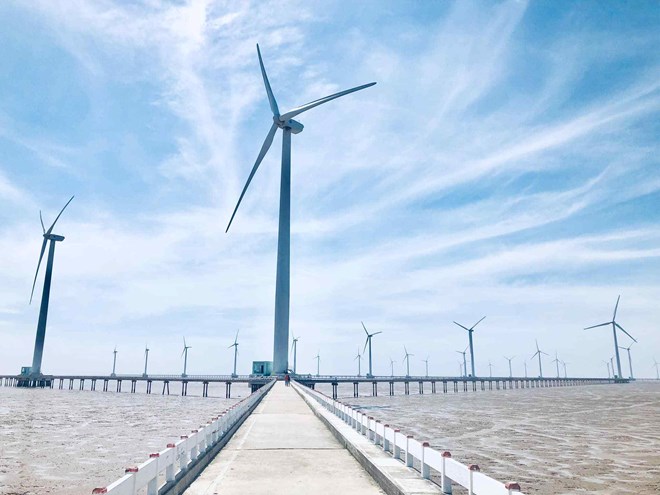
Wind power development in the North
The Ministry of Industry and Trade has just submitted a document to the Prime Minister and Deputy Prime Minister Tran Hong Ha, proposing to issue a plan to implement the National Power Development Plan for the 2021-2030 period, with a vision to 2050 (Power Plan VIII).
According to the report, in 2020-2021, Vietnam's renewable energy sources will develop strongly, but mostly concentrated in the South Central Coast, Central Highlands and the South.
Meanwhile, the Northern region mainly develops hydropower and thermal power with many projects behind schedule compared to the planning. This causes difficulties and challenges in the operation of the national power system, especially in the Northern region.
According to Power Plan VIII, Northern commercial electricity is forecast to continue to grow at a high rate of about 8.8% per year in the 2021-2030 period.
To avoid the risk of power shortages, especially during the peak of hot weather in the North, the Ministry of Industry and Trade's report affirmed that "it is necessary to promote the development of renewable energy sources in this region, in parallel with solutions to ensure the progress of large power sources that have been approved for planning".
Based on the potential of wind and solar power and the goal of balanced development of source and load within the region, limiting long-distance transmission, Power Plan VIII encourages the development of more renewable energy sources in the North in the period up to 2030.
To resolve the concern of power shortage in the North, the Ministry of Industry and Trade proposed to study the construction of an inter-regional industrial and renewable energy service center in the period up to 2030 as follows: Industrial and renewable energy service center in the North in the areas of Hai Phong, Quang Ninh, Thai Binh . In the future, it is possible to consider expanding to neighboring areas.
The center has an offshore wind power capacity of about 2,000 MW, onshore and coastal wind power capacity of about 500 MW. Factories manufacturing equipment for renewable energy development, seaport services, logistics for construction, operation and maintenance. Green industrial zones, low carbon emissions...
Quickly complete 500 kV line
Developing power transmission lines is also one of the very important solutions to solve the problem of power shortage in the North. In particular, the 500 kV Line 3 Quang Trach - Pho Noi project with a total investment of 23,000 billion VND is being focused on implementation with the expectation of solving the "thirst" for electricity in the North in the coming years.
The 500 kV Line 3 Quang Trach - Pho Noi project consists of 4 component projects: 500 kV Quang Trach - Quynh Luu Line Project with a length of 225 km; 500 kV Quynh Luu - Thanh Hoa Line Project with a length of 92 km; 500 kV Nam Dinh I Thermal Power Plant (NMNĐ) Line Project with a length of 124 km; 500 kV Nam Dinh I Thermal Power Plant (NMNĐ) Line Project with a length of 74.4 km. According to the plan, the entire project will be completed and energized in June 2024.
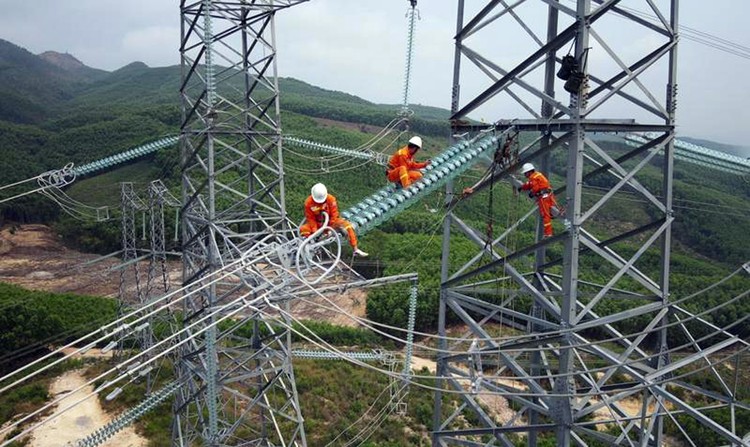
Prof. Dr. Tran Dinh Long - Vice President of Vietnam Electricity Association - emphasized that investing in this project is extremely necessary to increase electricity output from the Central region to the North, contributing to expanding the power system for the Northern region.
In particular, in May and June 2023, the North could not meet the entire peak capacity requirement, leading to power shortages and rotating power outages, significantly affecting people's lives as well as production and business activities of enterprises.
Meanwhile, recent forecasts show that the demand for electricity for development in the coming time will continue to increase, and the risk of power shortage in the North at some points in the dry season of 2024 as well as 2025 is still possible.
“Investing in this system also helps transmit the capacity of thermal power plants and renewable energy in the North Central region to the national power system, reducing the load and avoiding overloading of existing 500 kV lines,” said Mr. Long.
Source



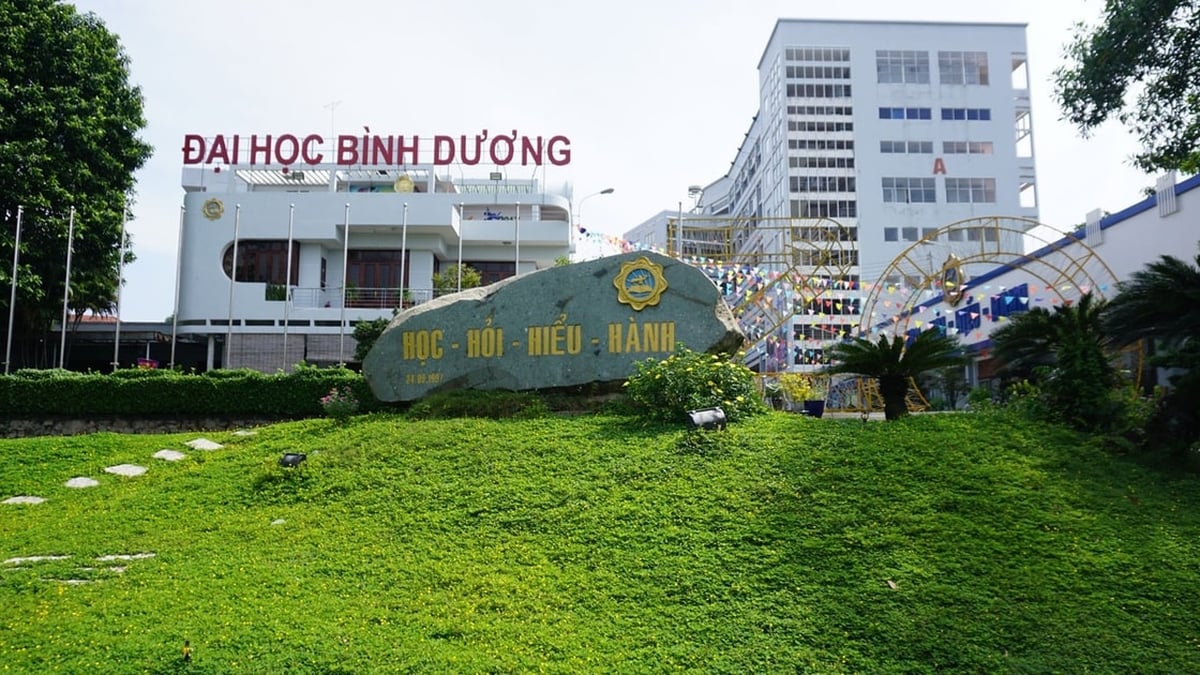
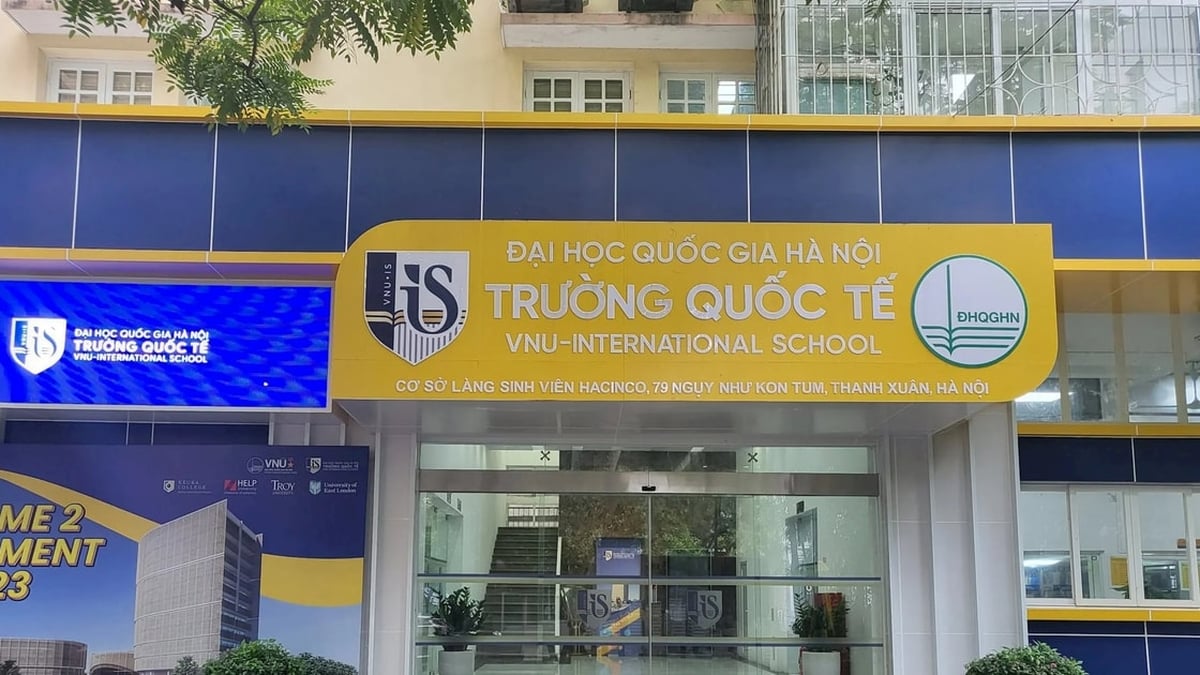
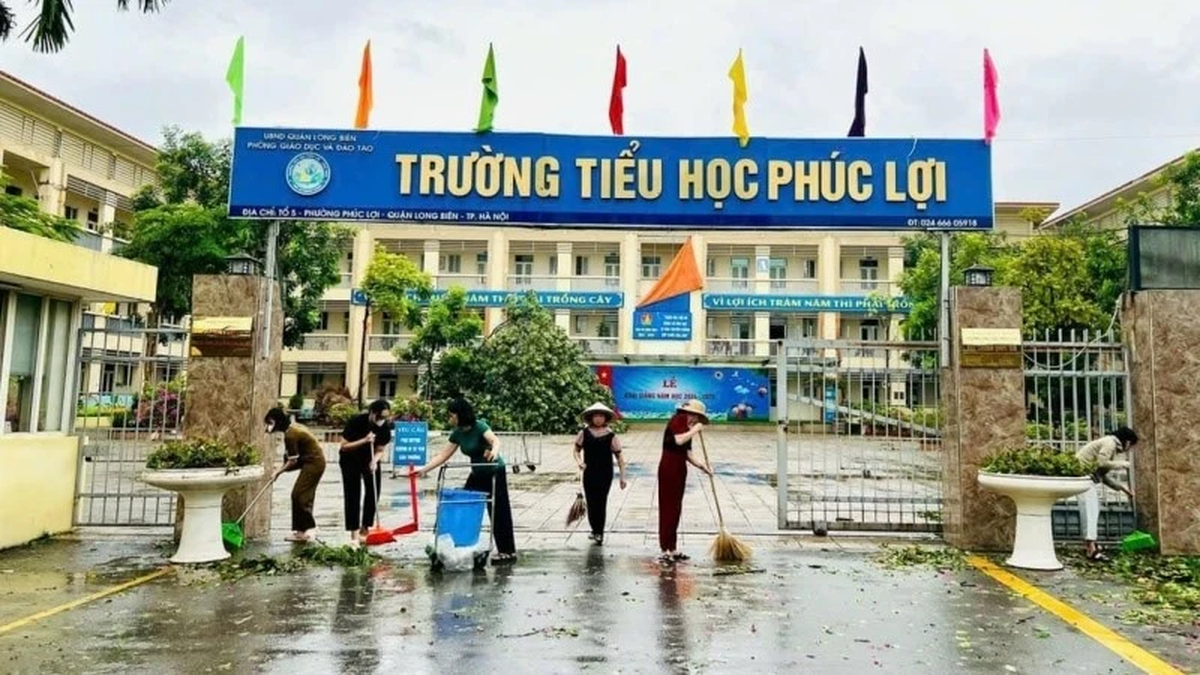




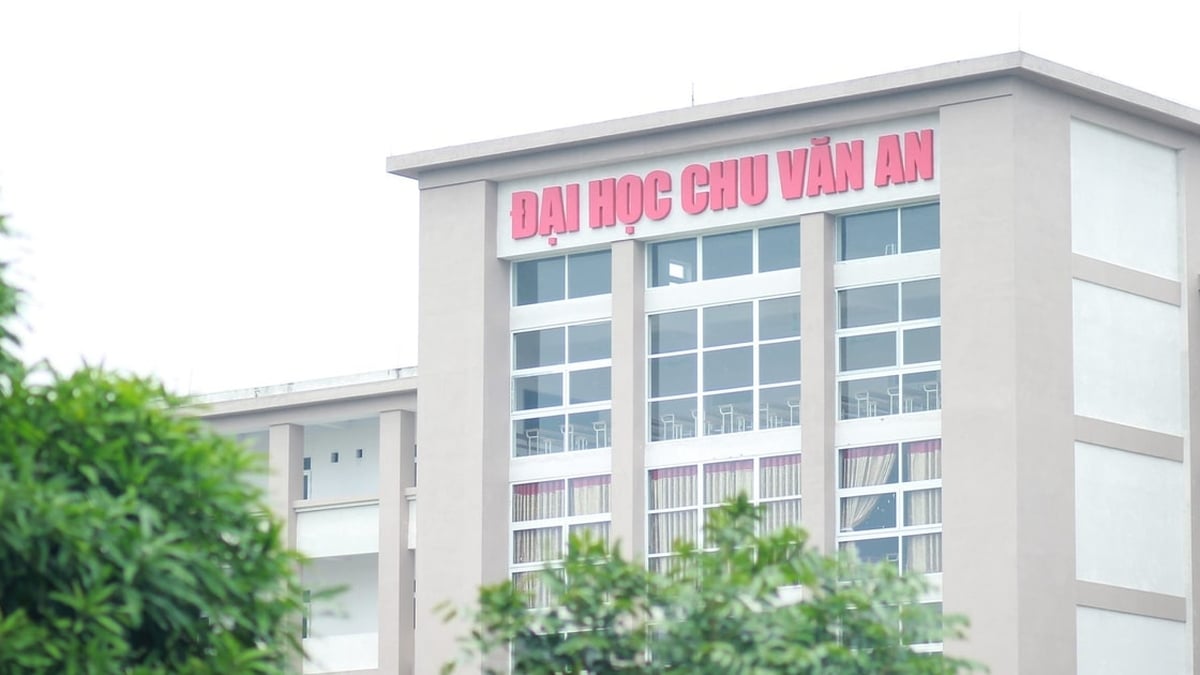



















![[Photo] National Assembly Chairman Tran Thanh Man visits Vietnamese Heroic Mother Ta Thi Tran](https://vphoto.vietnam.vn/thumb/1200x675/vietnam/resource/IMAGE/2025/7/20/765c0bd057dd44ad83ab89fe0255b783)







































































Comment (0)